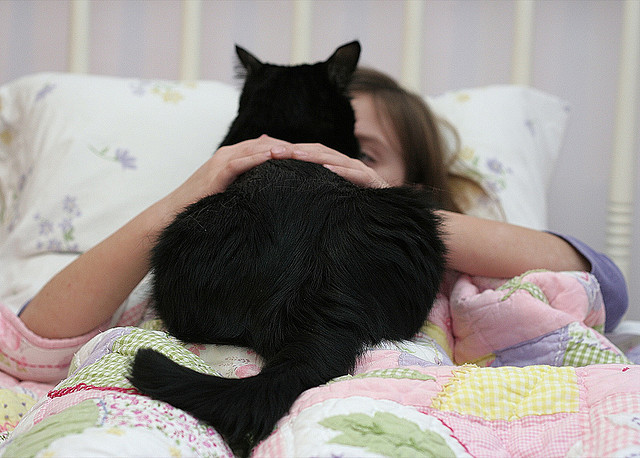Have you ever heard this term and wondered what is the separation of powers exactly, and why is it so important? If so, then read on because we are going to explain it!

Brandon Mowinkel / Unsplash
Separation of powers isn’t a new idea – in fact, even the Ancient Greeks had a version of this political system, as did the Romans. There are variations in place across the world.
Each country has a slightly different setup, so we’ll use the United States to explain the concept.
What is the Separation of Powers?
The idea behind it is to have a system in place that prevents one person or group from having all the power over an entire country. If you think back to the days when countries were ruled by a king or queen, who made decisions that affected the lives of everyone who lived in their kingdom – sometimes that went well, but often it didn’t. Instead of one person having all the power, a democracy splits the power between different people or groups of people.
 When you think of the person who runs the country, you probably think of the President. The President represents the EXECUTIVE branch of the government.
When you think of the person who runs the country, you probably think of the President. The President represents the EXECUTIVE branch of the government.
In the USA, that means that the President executes the instructions of Congress, signs Executive Orders, selects judges to be approved by Congress, and is in charge of the armed forces (the navy, army and airforce).
By the way – don’t get confused by the word ‘execute’, which can mean ‘to put to death, to murder’ but can also mean ‘to carry out, to accomplish’. The President carries out the instructions from Congress, he doesn’t kill them all!




